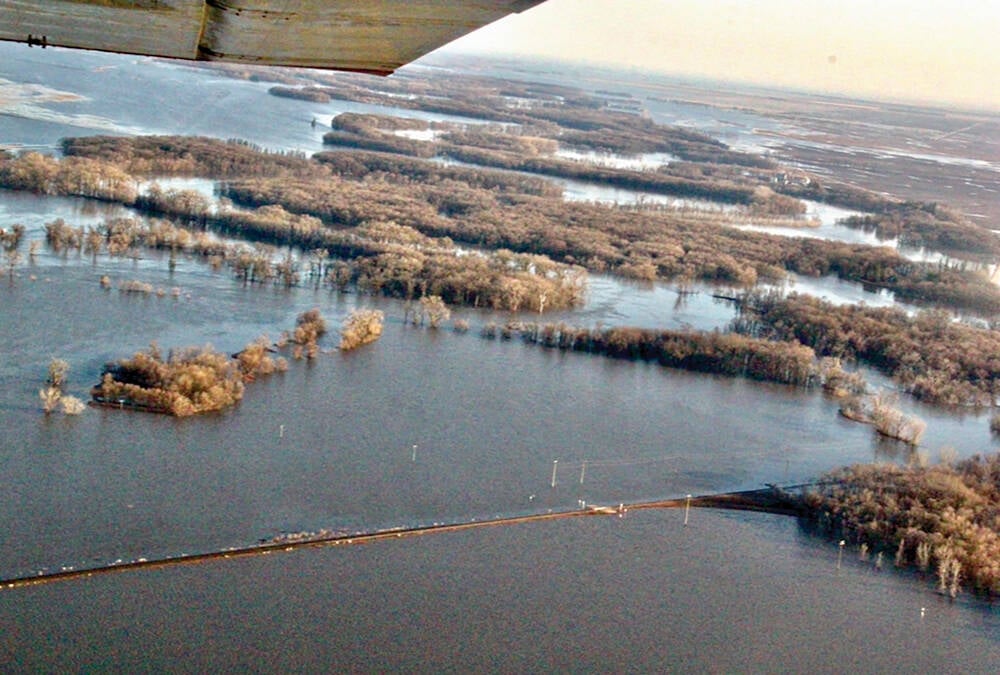The Conservative government has quietly shelved a promised cost-of-production payment program that was supposed to send $100 million a year to farmers for five years until 2013.
Prime minister Stephen Harper announced the program almost two years ago with a $400 million initial payment for past cost increases and up to $500 million for five years beginning in 2008.
Earlier this month, agriculture minister Gerry Ritz said the COP payments were never triggered so the program was scrapped and the money reallocated to other programs.
It likely is the bulk of the $417 million that the government said it would find in the Agriculture Canada budget over the next three years to help fund the AgriFlex and slaughter capacity budget promises.
Read Also

Rural Manitoba resources slim on natural disaster planning
A study from Brandon University’s Rural Development Institute has found that many rural and small municipalities don’t have the staff or resources to make formal climate plans against natural disaster.
“As a government, we are not afraid to work with farmers to redirect money that is not hitting the target,” Ritz told MPs on the House of Commons agriculture committee Feb. 10.
“One example, of course, is the cost- of-production program. It simply did not trigger effectively or efficiently.”
He said the money will be spent on more effective programming.
The comment caught opposition MPs by surprise.
“That’s the first I’ve heard about it,” Liberal agriculture critic Wayne Easter said later.
“This is a government that likes to make big announcements but when programs fail, it’s a big secret.”
Harper announced the program in March 2007 on a farm near Sask-atoon.
“During the past 15 years, the prices for key farm inputs including machinery, fuel, labour, pesticides and fertilizer have dramatically outpaced increases in farm income,” he said.
The initial $400 million was to cover cost increases in the previous several years, and almost all of it had been paid to farmers by the end of 2008.
The remaining $500 million would be paid out when triggered.
Farm leaders welcomed the announcement back in 2007, although they also noted that $100 million per year across the country is not a lot of money.
“In recent years, the input costs of Canadian agriculture, such as fuels and fertilizer, have skyrocketed,” then-Canadian Federation of Agriculture president Bob Friesen wrote at the time.
“This cost-of-production program will draw attention to that and emphasize the impact it is having on our industry.”
Agriculture Canada officials say the payments did not trigger because shortly after the announcement, commodity prices began to increase faster than input prices.
When then-agriculture minister Chuck Strahl announced in May 2007 that the first COP payments would soon start to flow to farmers, he claimed it the beginning of a new era.
He said it was part of a new Conservative deal for farmers after the “dark, sad, depressing era of farm policy brought in by the Liberal government. The dark sad era is over. The good times are rolling.”
Not, however, financed by $500 million in COP payments.














